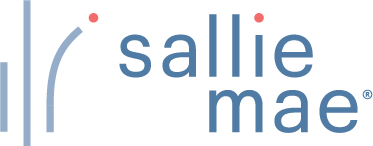Student Loan Definitions
Many or all of the products featured here are from our partners who compensate us. This influences which products we write about and where and how the product appears on a page. However, this does not influence our evaluations. Our opinions are our own. Here is a list of our partners and here's how we make money.
Whether you’re looking for the best way to pay for college or tackling school debt, you'll better understand your options if you understand the terms you encounter. This glossary offers definitions of key student loan terms and points you to resources that help you make smart choices.
Student loans from our partners

on Sallie Mae
Sallie Mae
4.5
NerdWallet rating
4.5
NerdWallet rating4.5% - 15.49%
Mid-600's
on Sallie Mae
on College Ave
College Ave
5.0
NerdWallet rating5.0
NerdWallet rating4.07% - 15.48%
Mid-600s
on College Ave
on Ascent
Ascent
5.0
NerdWallet rating5.0
NerdWallet rating4.09% - 15.66%
Low-Mid 600s
on Ascent
On a similar note...
Powered by






